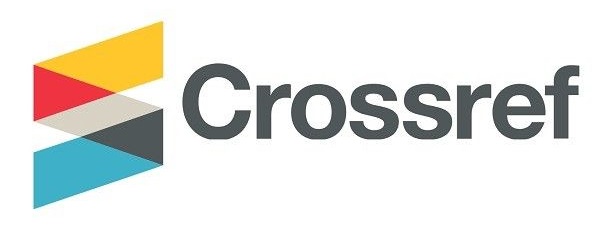Effect of Educational Cartoons on the Learning Outcomes of Pre-Nursery Pupils in Ado Ekiti, Ekiti State
DOI:
https://doi.org/10.37745/bjmas.2022.0307Abstract
Technological advancements have brought about several innovations into the educational settings which in turn allows teachers to choose appropriate instructional materials and teaching methods suitable for their lessons. The study investigated the effects of educational cartoons on the learning outcomes of pre-nursery pupils in Ado-Ekiti, Ekiti State. The study adopted the pretest, post-test control group design. The population of the study consisted of all the pre-nursery pupils in private schools in Ado Metropolis. The sample of the study comprised 36 pupils who were selected through simple random sampling technique. An instrument titled Educational Cartoons and Pupils’ Learning Outcomes (ECPLO) was used to collect the data for the study. The validity of the instrument was ensured by experts in Language Education and test and measurement. A test-retest method was used was used to determine the reliability of the instrument while Pearson Moment Correlation Method was used to analyse the result which yielded a reliability co-efficient of 0.78. The finding of the study revealed that there is significant effect of educational cartoons on the learning outcomes of pupils in the experimental group. Based on the finding and conclusion of the study, it is therefore recommended that teachers should be encouraged to incorporate educational cartoons in teaching their pupils so as to foster good academic performance. Parents should also be encouraged to streamline the kind of cartoons they exposed their children to.
Downloads
Downloads
Published
Versions
- 23-09-2023 (2)
- 23-09-2023 (1)












